





 |
 |
 |
 |
 |
 |
| Johan van 't Bosch | profile | all galleries >> Johan van 't Bosch nature and culture galleries >> Brazil galleries >> Itatiaia 2007 >> Itatiaia dragons and damsels >> Neocordulia Cordulid | tree view | thumbnails | slideshow |
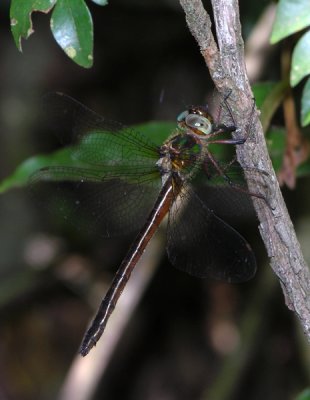 Neocordulia spec |
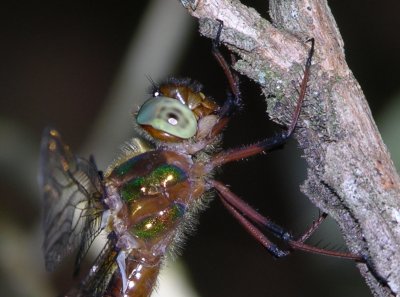 Neocordulia spec |
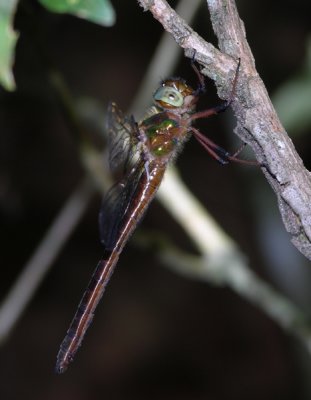 Neocordulia spec |
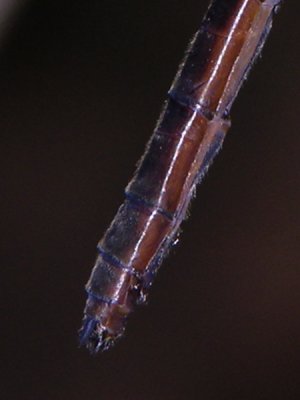 Neocordulia spec |
 Neocordulia spec |
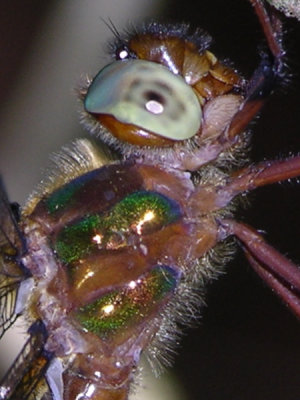 Neocordulia spec |
 Neocordulia spec |
| comment | share |
| Dennis Paulson | 29-Dec-2007 19:10 | |